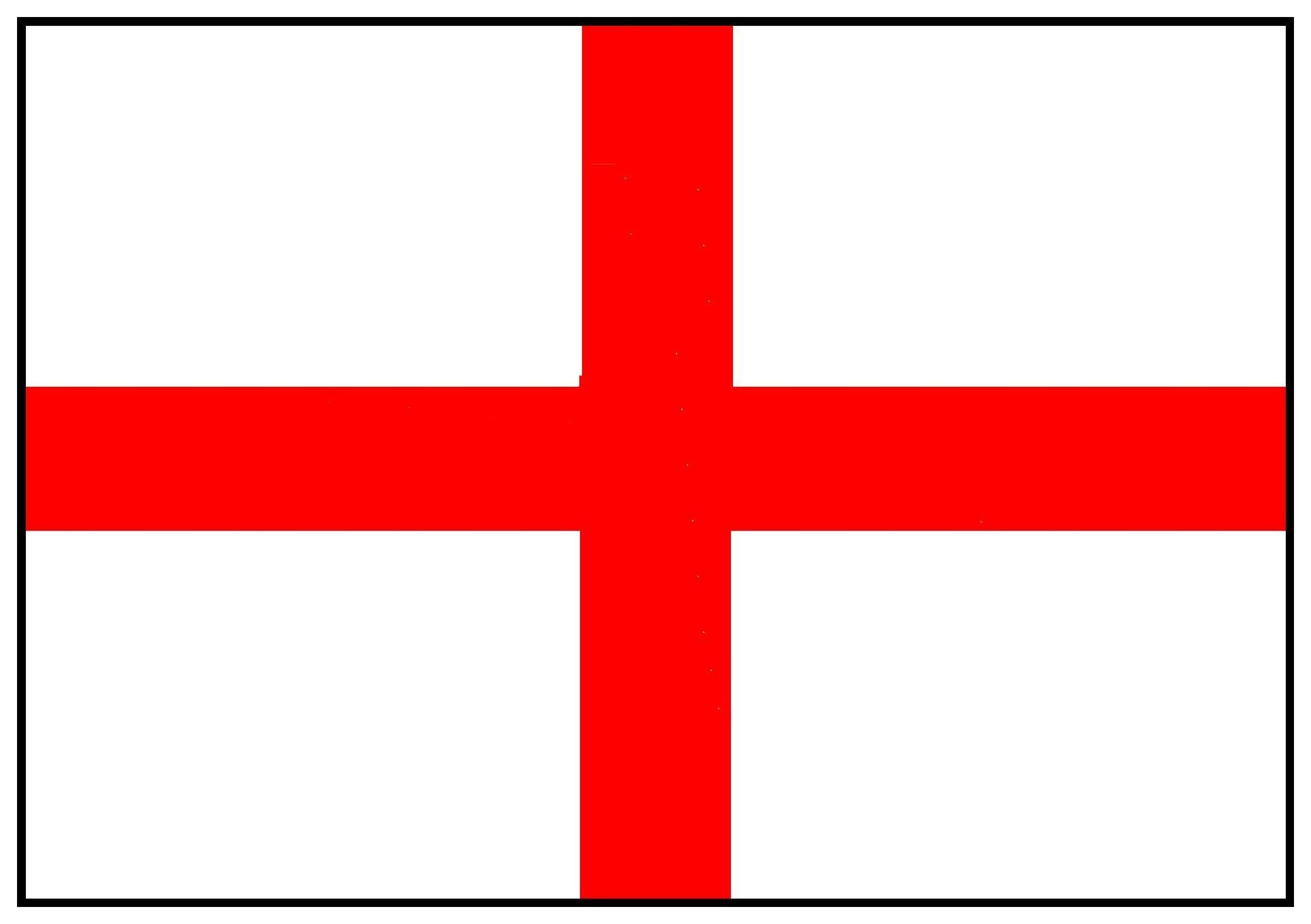Canada's English Immigrants
It is frequently assumed that Canada was settled primarily by the Scots and Irish. This view is incorrect; the English were the dominant immigrant group to come to Canada from Britain. Although they formed only around a quarter of the total British influx to Canada before Confederation, the English actually dominated the much larger emigrant stream that arrived from Britain between 1867 and 1915. And yet they have been widely ignored. Here is a summary of some key points:
• The English arrived in Canada in appreciable numbers from the 1830's. Before then they came mainly from the north of England – especially from Yorkshire.
• There were two types of English. The majority came directly from England but there were also English Loyalists, who had entered Canada from the late 18th century via the United States. They were independently-minded Yankees whose family links were with the United States rather than England. And yet, because their ancestors had originated from England they were categorized as English by later census enumerators.
• The growing emigration from the 1830's was fuelled by England's rapid industrialization. As machines increasingly replaced people thousands of agricultural laborers and tradesmen found themselves redundant. With an oversupply of labor leading to chronic unemployment and pitiful wage rates many opted for Canada.
• After 1830 most parts of England lost people to Canada. The Maritime Provinces had attracted them initially but after 1830 most headed for Upper and Lower Canada (the future Ontario and Quebec). In the late 19th century their preferences changed again. With the arrival of steamships and a coast to coast trans-Canada railway the English increasingly sought the agricultural opportunities to be had in the Prairie Provinces. Thus began the mass influx of the English. In 1910 alone just over 108,000 English immigrants arrived in Canada, representing 72% of the total intake from Britain that year.
• Most of the English financed their own travel costs, leaving few documents behind. However, some were very poor and received financial help from their parishes and landlords. Copious documentation survives for the very poor but it should be remembered that they were a minority of the total.
• The English brought their much-valued skills and knowledge with them and made a huge contribution to Canada’s development. They left few outward signs of their Englishness and were the silent majority who simply faded into the background.

